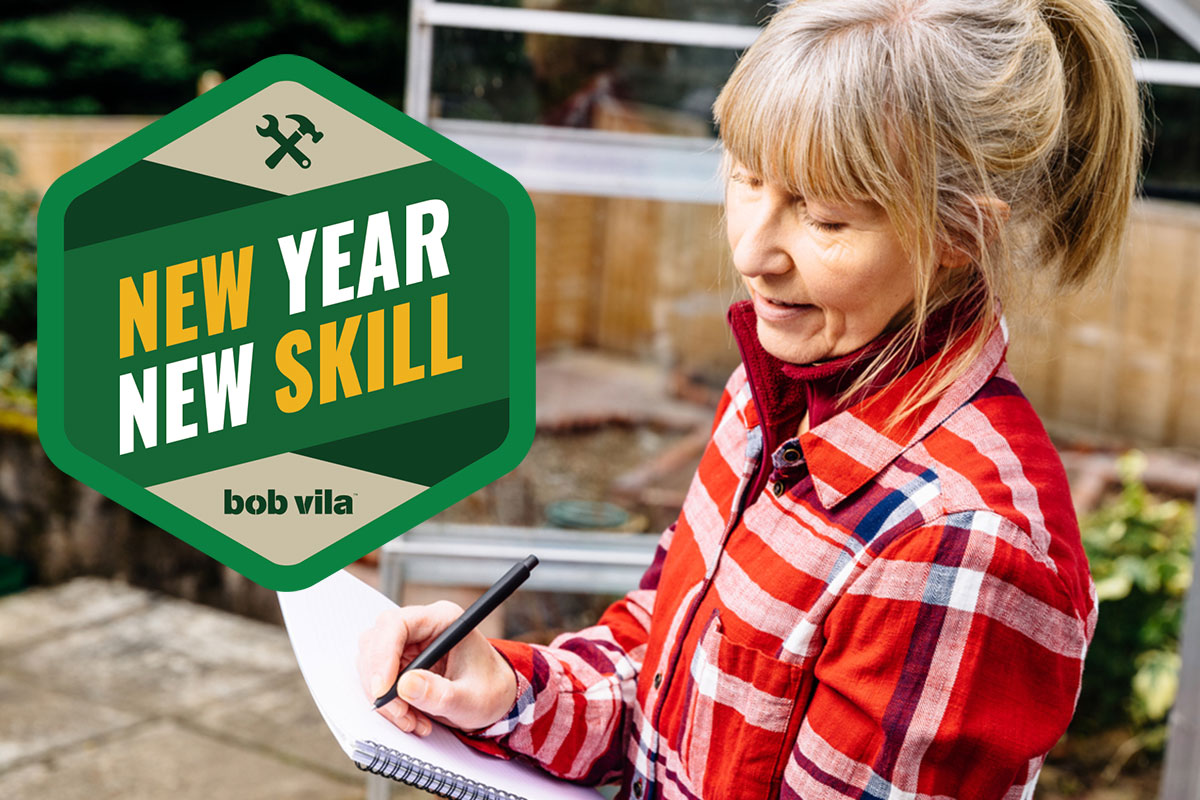We may earn revenue from the products available on this page and participate in affiliate programs. Learn More ›
From privacy hedges and shade trees to retaining walls and patios, landscaping can enhance the functionality and aesthetics of your outdoor space. It can also increase your property value. According to a recent report from the National Association of Realtors in collaboration with the National Association of Landscape Professionals, homeowners can expect a 100-percent return on investment (ROI) for an overall landscape upgrade.
In addition, home landscaping can benefit the environment. Greenery converts carbon dioxide into oxygen and removes smoke and dust from the air, it provides habitat for pollinators and wildlife, and it reduces erosion and runoff.
Hiring professionals to design and install your landscaping can cost thousands of dollars, but it’s possible to achieve impressive results for far less by doing it yourself. Ahead you’ll find a collection of how-to guides, expert advice, and creative ideas to kickstart your DIY landscape design journey. After learning the fundamentals, be sure to check out our roundups of the best software and online courses to take your new skill to the next level.
Evaluate Your Outdoor Space
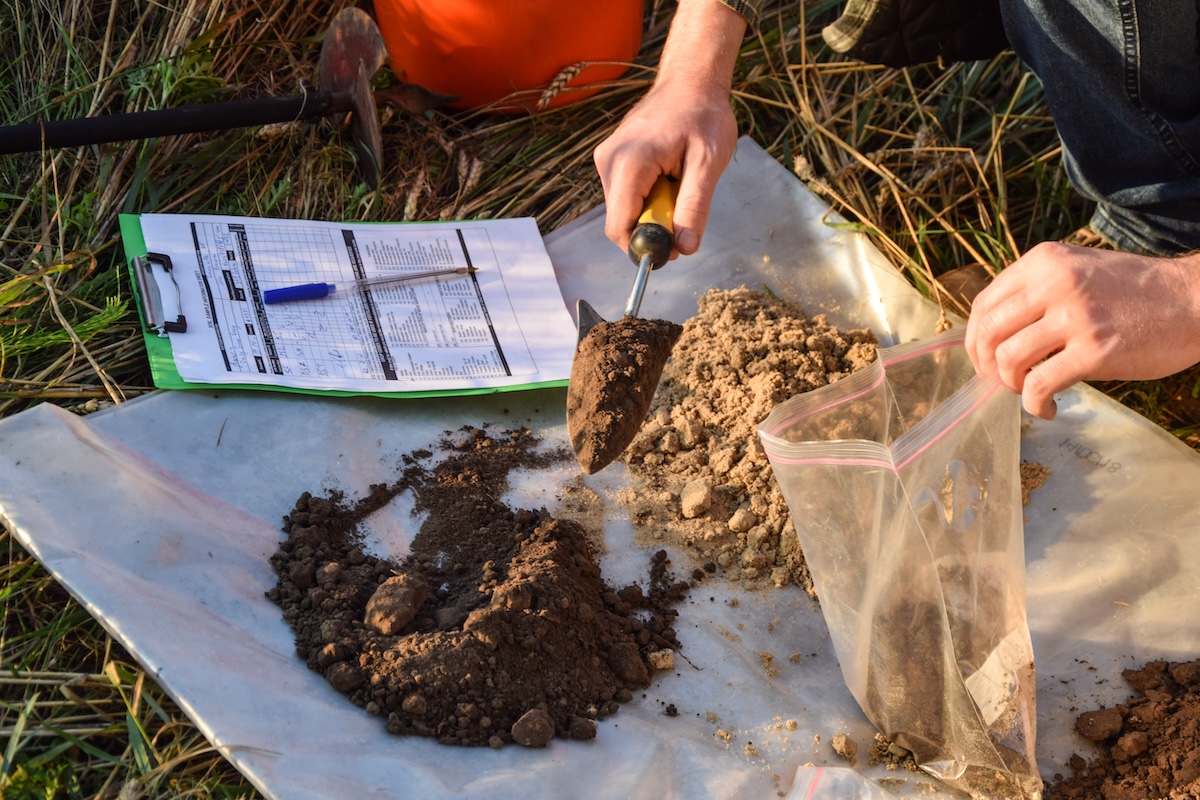
Before beginning a DIY landscaping project, you need information in order to create a plan. That information starts with your USDA Plant Hardiness Zone and any microclimates created by local geography. Soil testing can help guide you on plant selection and any necessary amendments.
Identify problem areas, such as those prone to flooding. Take into consideration existing structures such as outbuildings, fences, decks, patios, walkways, and any trees or large shrubs you intend to keep. Determine the usage of your yard: Do you need play areas for children, do you want a water feature, or do you plan to plant a vegetable garden?
Think about maintenance and upkeep and how that correlates with your availability and skill level to care for your desired design. Also remember to account for mature plant size and the space required to accommodate growth.
MORE ON LEARNING YOUR LANDSCAPE:
➤ The Best Soil Test Kits Tested by Bob Vila Experts
➤ 12 Ways to Fix a Soggy Yard
➤ How to Work With a Sloped Landscape
➤ Dos and Don’ts of Landscaping Around Trees
➤ Important Notes for Foundation Planting
Create a Vision
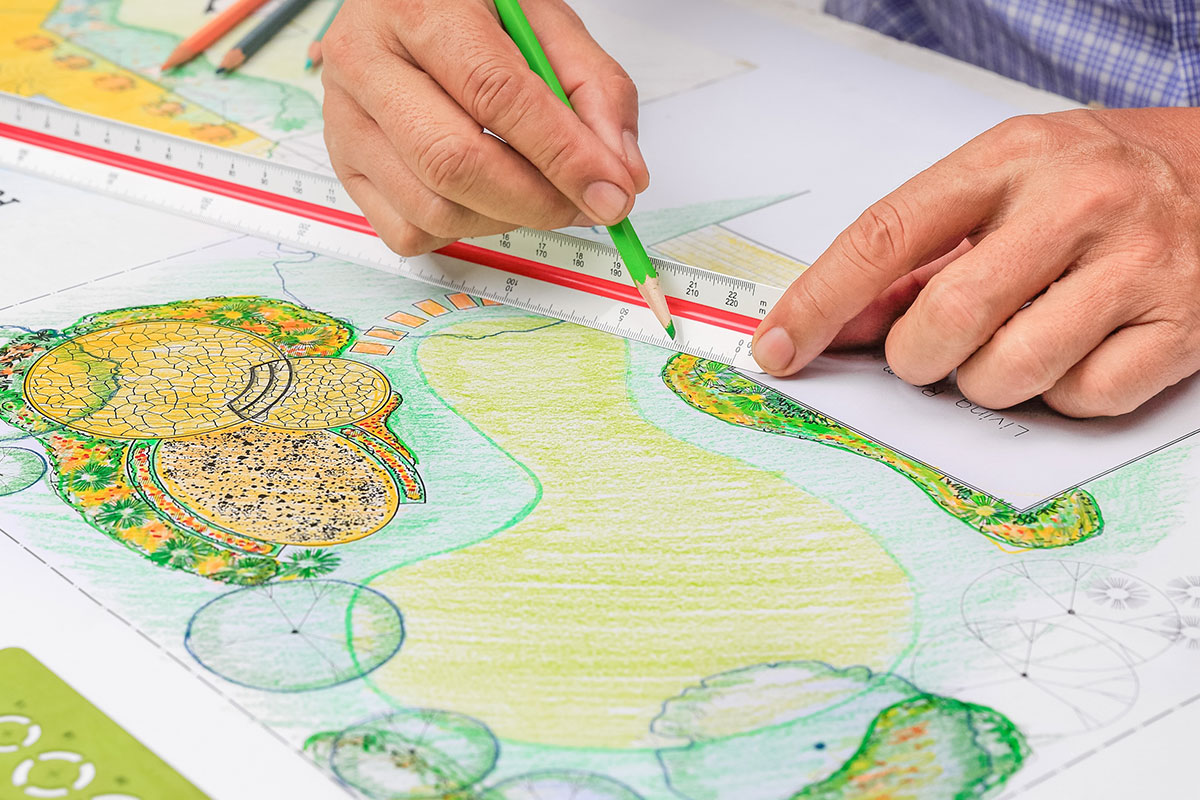
Establish how you intend to use your yard and what you want it to look like. You might elect to adhere to a theme, such as English cottage or Zen garden. Note that your home’s architecture may influence the theme. For example, a cottage garden is more suitable for a farmhouse than a mid-century modern home.
Start with a focal point like a water feature, fire pit, gazebo, or flower bed. Be certain to link spaces with pathways and continuity of design. Incorporate hardscape—new and existing—into the plan. Patios and decks can serve as transitional areas between different parts of the yard.
Ensure year-round interest with a diverse selection of plants and décor, from bird-feeding perennials to outdoor furniture. Select plants of different sizes, shapes, and textures for added appeal, but don’t forget about scale and proportion; you don’t want trees and shrubs to overwhelm a space.
MORE HOME LANDSCAPING INSPIRATION:
➤ Expert Landscaping Ideas for the Front of the House
➤ 45 Brilliant Backyard Landscaping Ideas
➤ How to Make the Most of Your Side Yards
➤ 20 Garden Lighting Ideas You Can Buy
➤ Creative Ways to Add More Privacy Outdoors
Install Hardscaping
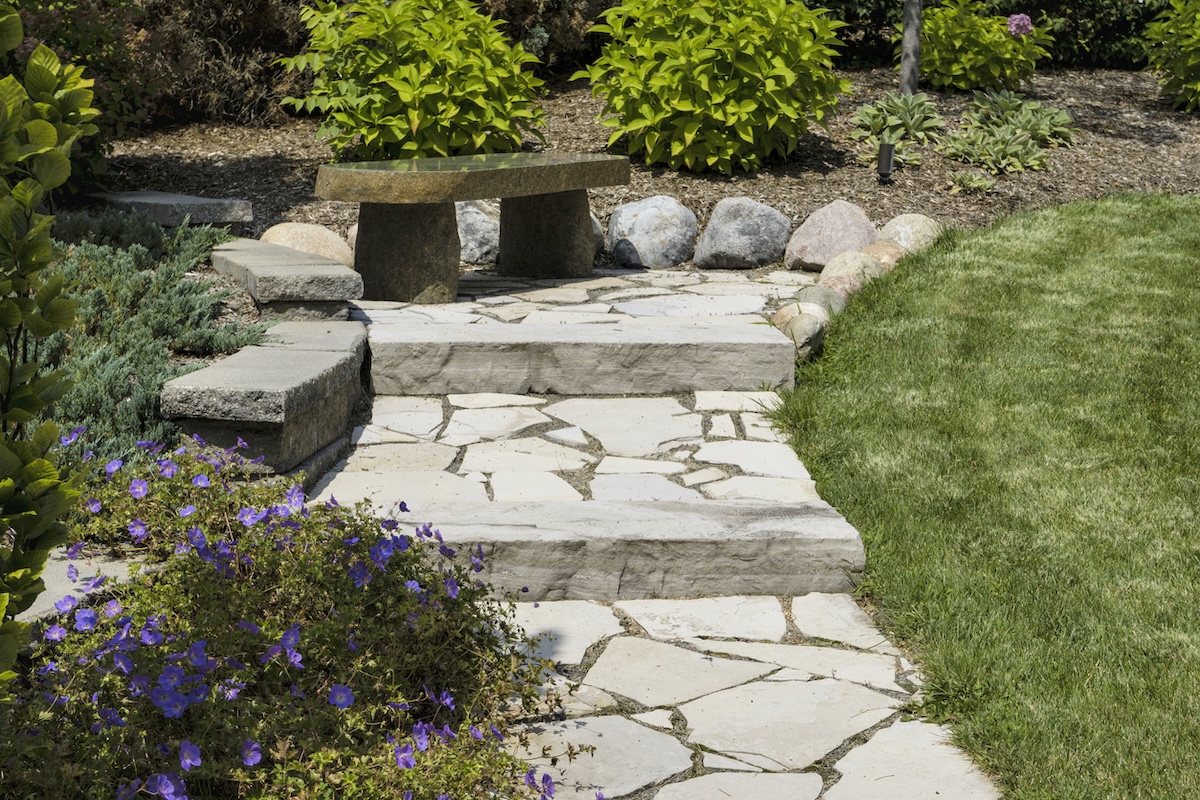
Hardscaping consists of the nonliving elements, including materials such as stone, concrete, wood, and metal, which are used to build patios, decks, walkways, fences, pergolas, water features, fireplaces, retaining walls, and more.
Hardscaping adds functionality and structure to the landscape. It also provides balance, contrast, and texture. Some types, such as retaining walls and gravel paths, can reduce soil erosion. Raised beds make gardening easier. Other types may add privacy or shade. Hardscaping can also be used to define outdoor living areas.
Decisions about how you intend to use your yard will dictate the type of hardscaping you’ll want to add. Strategic integration of hardscaping can not only enhance the usefulness and attractiveness of a yard, it can also reduce costs and maintenance.
MORE ON HARDSCAPING:
➤ Deck vs. Patio: Which Is Right for Your Outdoor Space?
➤ How to Lay a Stone Garden Path
➤ 11 Retaining Wall Ideas That Work Hard and Look Great
➤ How to Install Landscaping Edging Like a Pro
➤ The Best Raised Garden Beds Tested by Bob Vila Experts
Select Beneficial Plants
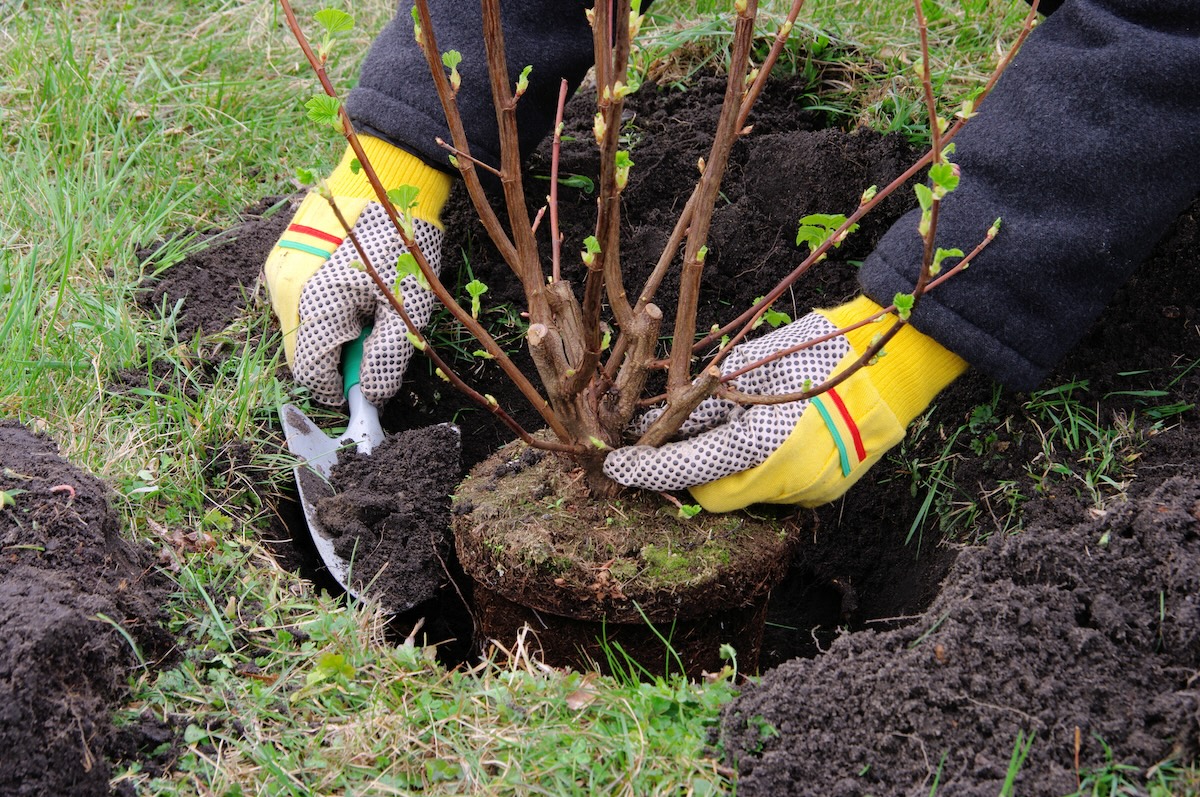
Beneficial plants should address your property’s needs: trees for shade, ground covers for slopes, shrubs for boundaries or privacy. When strategically planted, greenery can block wind or noise. Certain species of trees and plants absorb excess water in flooded, boggy areas, which aids in preventing erosion. Fruit-bearing trees and bushes provide an obvious—and flavorful—benefit.
Before a plant can benefit your landscape, it has to be able to survive the conditions. There’s little point and no satisfaction in choosing plants that aren’t able to grow in your yard. First, get to know your USDA Hardiness Zone. Next, consider the sun exposure and soil type in the areas you intend to put plants to ensure they’ll thrive there.
A surefire choice is native plants. They have the best rate of success and offer many benefits. They need less water and no fertilizer. Natives also provide food and shelter for wildlife.
MORE ON WHAT TO PLANT:
➤ Hardiness Zones 101
➤ Expert Tips for Strategically Planting Trees
➤ 34 Amazing Plants That Are Native to North America
➤ The Best Ground Cover Plants
➤ 11 Types of Edible Berry Bushes to Grow at Home
Prioritize Sustainability
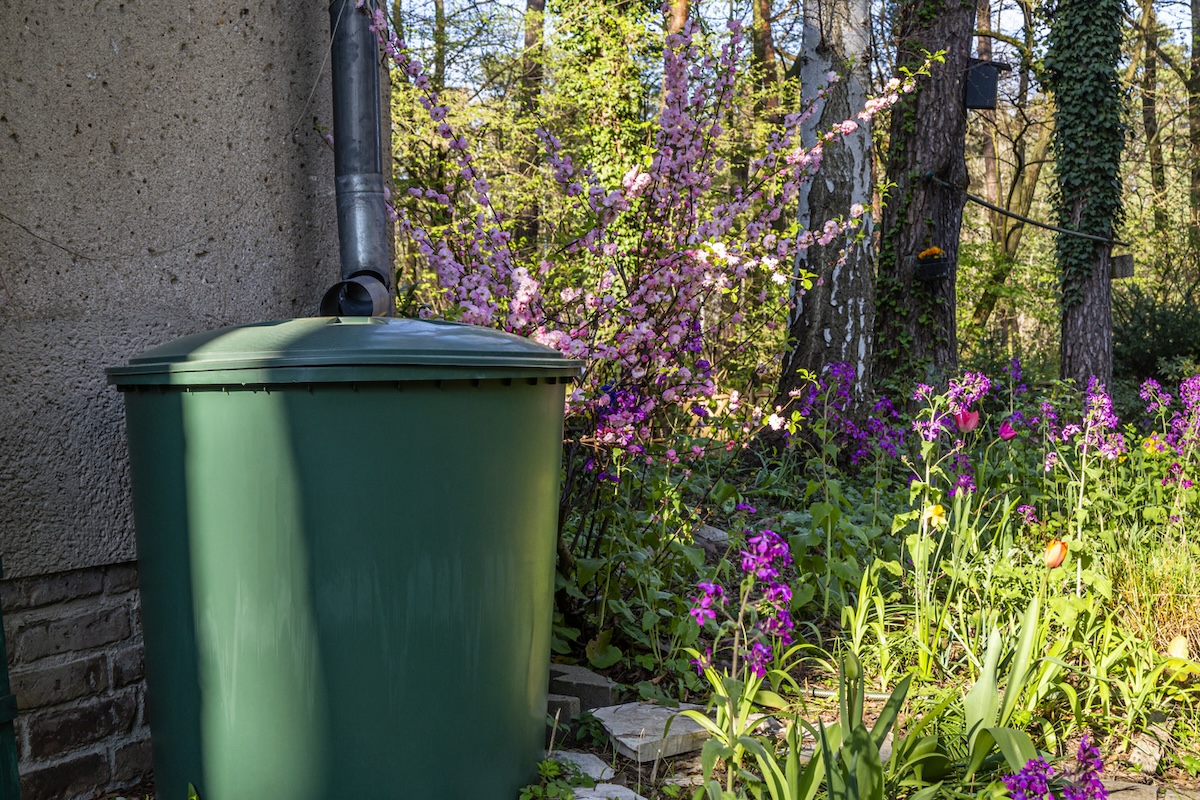
A growing trend in gardening and landscaping is to focus on sustainability: designing outdoor spaces in a way that reduces their negative impact on the environment and supports conservation of natural resources.
Native plants are considered resource-efficient because they require little to no fertilizer, pesticides, or irrigation. They also sustain wildlife. Some homeowners are eschewing grass lawns in favor of meadows filled with native plants to support pollinators. This also decreases carbon emissions by reducing or eliminating the need to mow.
For plants that do need watering, a rainwater catchment system is an environmentally sustainable source. Spreading mulch on gardens and flower beds helps soil retain moisture, reducing the need to water as often, and adds a decorative touch. It’s also a good way to reuse material—yet another aspect of sustainable, or green, landscaping.
MORE ON SUSTAINABLE HOME LANDSCAPING:
➤ 18 Easy Grass Alternatives for Your Lawn
➤ How to Be a Good Neighbor to Backyard Wildlife
➤ The Best Home Rain Barrels You Can Buy
➤ 15 Natural Pest-Control Strategies for Your Landscape
➤ Wise Ways to Weatherproof Your Garden

